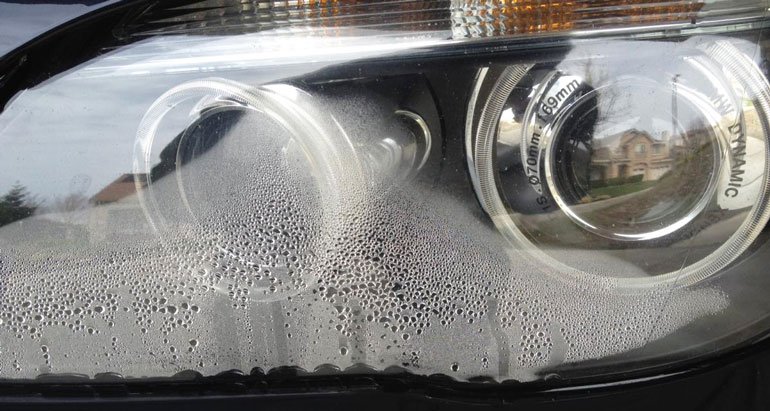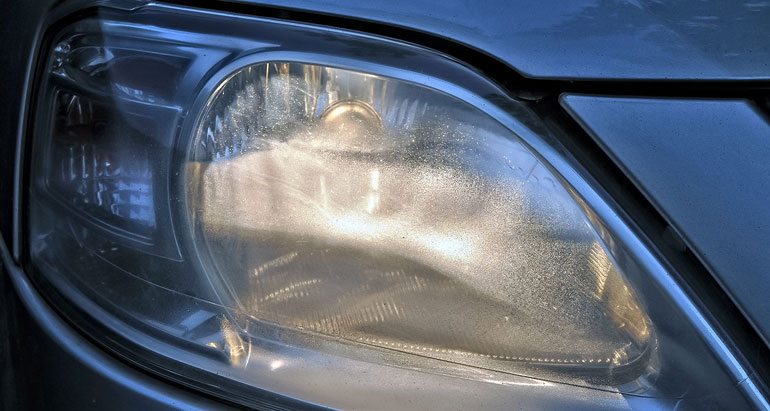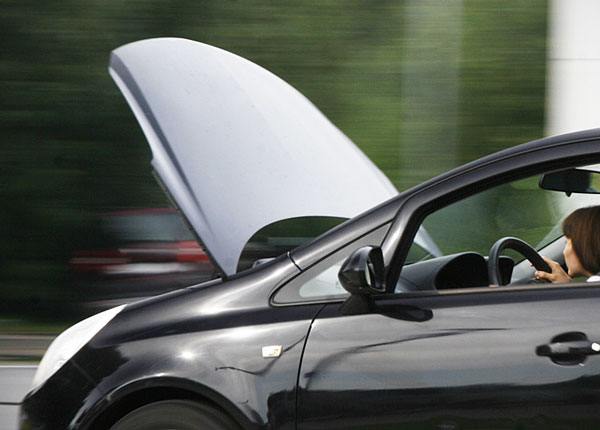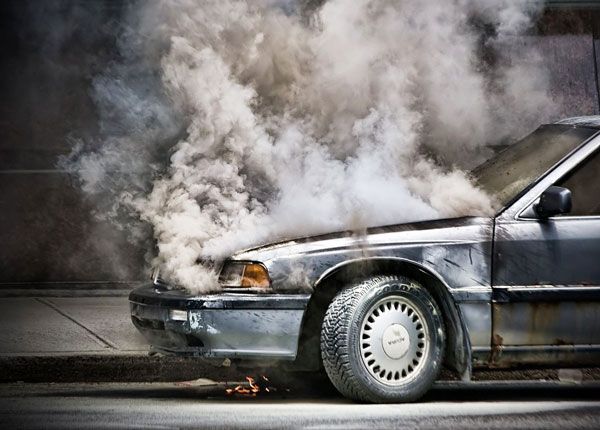
Headlight Failure: Driving With Broken Or Non-Functioning Headlights
Updated Nov. 22, 2020Your headlights are essential for safe night-driving and driving during other conditions where low-visibility is a problem, such as fog and heavy rain. You must check your headlights regularly to ensure they are fully functional. A single failed headlight may not be too noticeable while driving, but it can still put you in considerable danger if other road users mistake your vehicle for a motorbike.
A double headlight failure is even more of a problem. If this happens, you may be unable to see the road ahead and approaching hazards, while other drivers are unable to see you.
How to deal with headlight failure
When your headlights fail while driving, your first course of action should be to reduce your speed. Reduced visibility means you will need more time to react and stop, so increasing your following distance is essential. It may ultimately be necessary to pull over and stop altogether if you cannot get your lights working again.
If your headlights fail on a very dark road with no street lights, use the taillights of vehicles ahead of you to keep yourself centered in your lane, until you can resolve the problem or safely pull over. Then, try the following troubleshooting tips:
- 1

Try activating the dimmer switch.
This will sometimes bring malfunctioning headlights back to life. - 2

Hit the headlight switch on and off a few times.
If a faulty connection in the switch is the problem, this may resolve it. - 3

The headlight flasher switch may also activate your lights, if malfunctioning circuitry is the issue.
- 4

Try your parking lights, hazard lights and turn signals.
If they work, it should be easier for you to pull safely off the side off the road and park. - 5

Leave only your hazard lights on when stopped at the side of the road.
Causes of headlight failure
Headlight failure could be caused by something as simple as a blown fuse. Or, it could be something more serious, like an electrical circuitry problem. Either way, it is best to leave diagnosis and repair to the experts or you could end up making matters worse.
Get your car serviced regularly to ensure your headlights always remain in excellent condition. It is particularly important to get a check-up if you notice flickering or other minor malfunctions in your headlights – this could be a sign of something worse to follow!
Dirty headlights
A decent car-cleaning routine is vital to the health and effectiveness of your headlights. When dirt accumulates on your headlights, they become up to 50 percent less effective. This substantial reduction in effect could put you and other road users in significant danger next time you are driving at night, or in a low-visibility situation.
In addition, failing to clean the outside of your headlights could lead dirt, grime and chemicals to seep under the lens. This would eventually contribute to serious malfunctions and a repair far costlier than a car wash.
 Clean your headlights with car soap and water regularly. Dirty headlights severely impact your visibility.
Clean your headlights with car soap and water regularly. Dirty headlights severely impact your visibility. Headlight fogging
As your vehicle ages, you may notice your headlights begin to look foggy and that your visibility at night is reduced. Headlight fogging can be caused by condensation forming underneath the lens. This happens when general wear and tear eat away at the waterproof seal protecting your headlights. Fortunately, headlight fogging does not necessarily mean you are going to need a brand-new set of lights! Take your car in for a service and explain the problem to your mechanic. Like dirt and grime, fogging can make your headlights substantially less effective.
 While condensation can reduce the effectiveness of your headlights, it is not an immediate call for headlight replacement. Check your headlight vents to make sure they are not blocked.
While condensation can reduce the effectiveness of your headlights, it is not an immediate call for headlight replacement. Check your headlight vents to make sure they are not blocked. A cloudy yellow appearance could be the result of oxidation, which occurs when acrylic or polycarbonate headlights are exposed to sunlight. This would indicate that the protective coating designed to prevent oxidation has worn off and that your headlights need to be replaced.
 Two major factors contribute to foggy headlights: road debris and UV rays from the sun.
Two major factors contribute to foggy headlights: road debris and UV rays from the sun.



